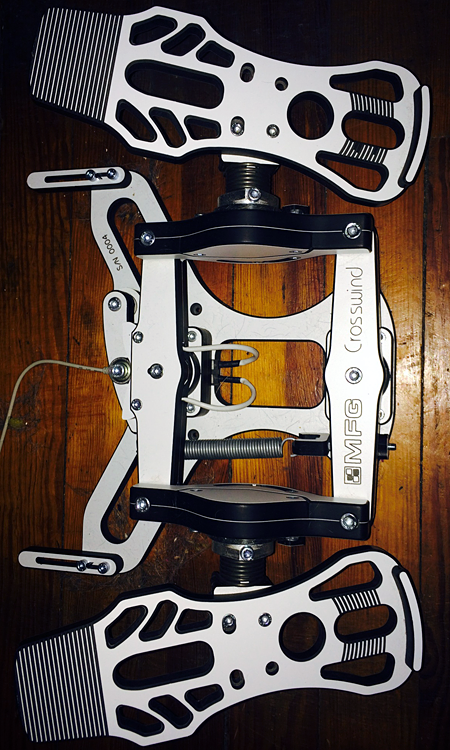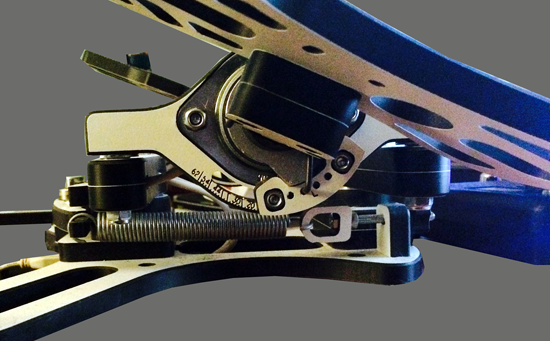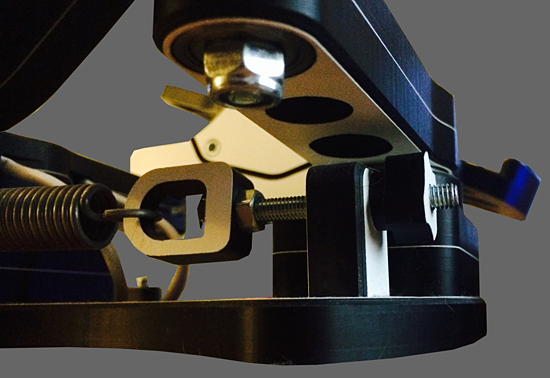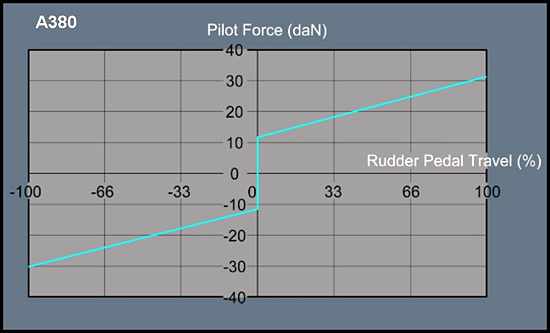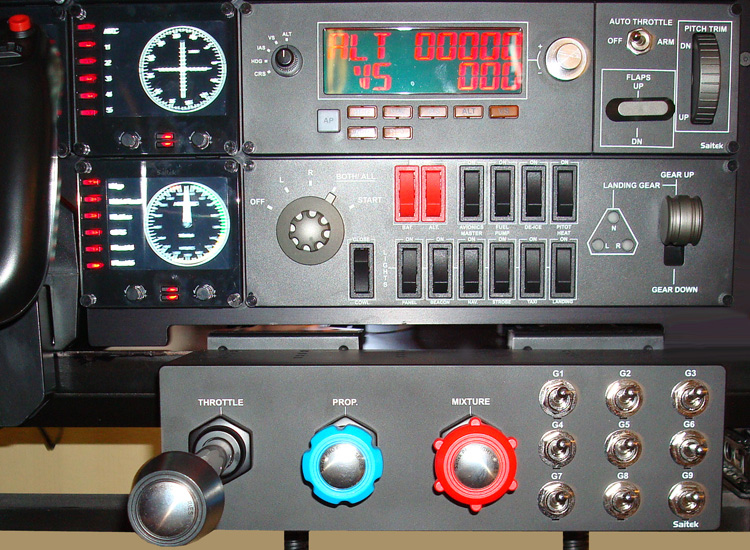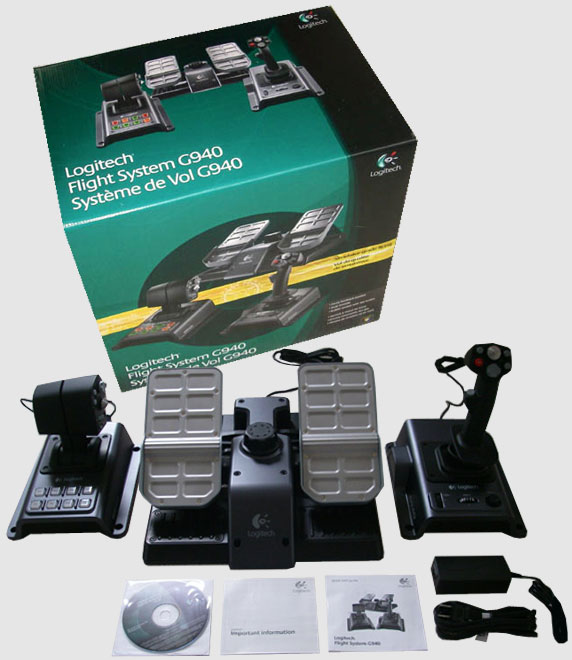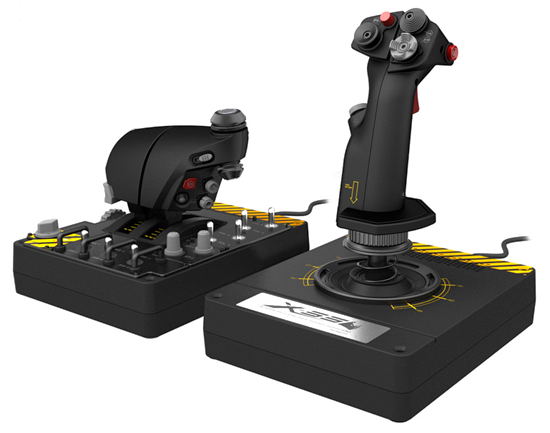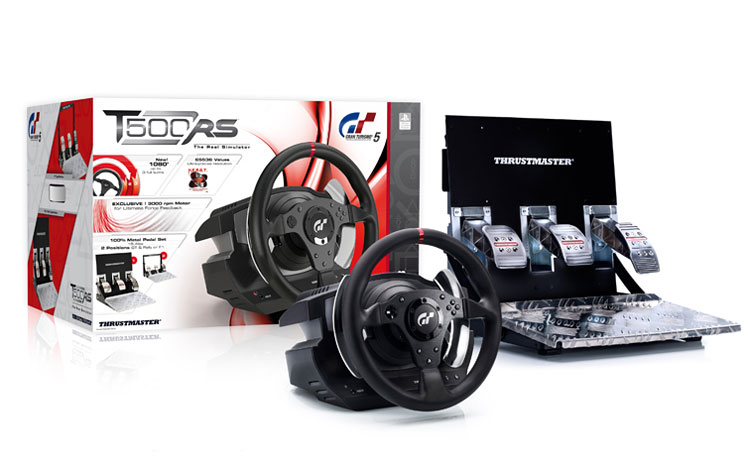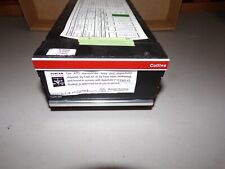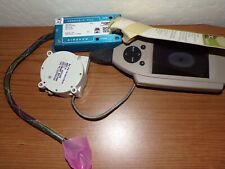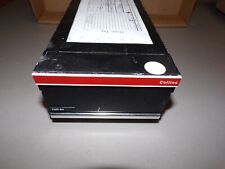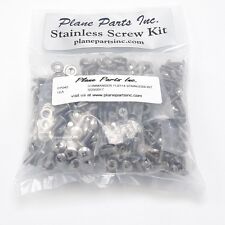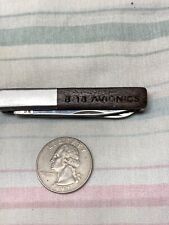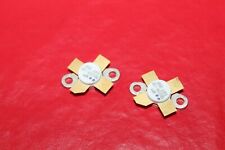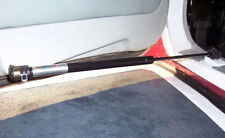Features and Adjustability
By far the greatest feature of these pedals is their adjustability. It’s always amazed me that in the year 2014, so few controllers feature easily adjustable physical resistance. With the MFG Crosswind pedals, you’re only a few allen key turns away from:
Adjustable Pedal toe-in. I prefer to keep mine with some outward toe (as shown below), but you can also keep them in parallel.
Adjustable Pedal Angle. Easily allowing you to find the sweet spot, no matter if you’re sitting at a desk or in a sim pit. I found my calves far less fatigued as I didn’t need to brake at odd angles when braking.
Adjustable Braking Pedal rotation resistance.
Overall Yaw Resistance. The knob below allows you to fine tune how stiff the spring resistance is on Yaw centering. There are also two different notches on the spring arm that allow you to set an overall looser or tighter feel to the centering strength.
There is an optional set of adapter plates available to better accommodate the width of certain home cockpits, such as those from Obutto.
Finally, the exponential resistance curve can be customized by swapping out the included cam profile as shown. The pedals now come with two profiles standard: a linear response and an exponential response. I prefer the exponential response, which sees resistance increase the further the pedals travel. This allows for one to dial in yaw based on the memory of feel, versus that of distance. Earlier versions of the pedals did ship with additional cams of varying degrees of response dialed in, but I found it hard to discern the difference between them. Milan does still sell these separately if you’re interested.
In addition, the pedals also feature:
- Incredibly smooth ball bearing supported motion from all axis points.
- High precision Hall-effect sensors used for each axis, including the primary yaw axis as well as brake axis with 4096 positions each. (Technically, the yaw axis uses a contactless magneto-resistive sensor, a close cousin to the Hall sensor in terms of functionality.)
Software and Documentation
Milan has recently made available the aptly named “MFG Configurator,” a small software tool that allows for calibrating the pedals. For all three axis (Yaw, Left, and Right Brake) you can dial in your desired Inner and outer dead zones, calibrate the response range, and set global reverse for the axis. In addition, you can also tune the “noise” feedback of each axis, making for smoother digital feedback from the highly sensitive Hall sensors. What sets this tool apart from other hardware confirmation suites however, is that all settings are stored in the pedals’ onboard memory, meaning that you don’t need to run the software every time you want your setting changes to take effect.
Frankly, I’m hard pressed to think of anything more to want in a software package for rudder pedals. Some might lament not having the ability to link this to a HOTAS setup and create a single device for use in older sims (such as the CH software suite), but this is a short coming of any set of pedals that lives outside of a hardware makers “ecosystem” of devices.
The configurator tool does point to one of the very few downsides of the pedals; the documentation for upgrading the onboard firmware and using the latest version of the configurator tool are currently available only on Milan’s Google Docs drive, with links to be provided via emails to the customer base when updates are available. Milan notes that this is simply because he’s still making some adjustments to the tool and firmware, and promises to make a comprehensive guide available on his website once both the firmware and tool once all the features he wants to implement are included. To date, Milan has followed through on all of his promises (and then some!), so I have faith more coherent documentation will be available soon.
In Practice
To distill the essence of these pedals down to a word: transformative. I’ve used rudder pedals from CH Products, Saitek, and Logitech (G940). The MFG Crosswind pedals blow them away.
The keystone here is the non-linear feedback (thanks to the aforementioned cam), which sees centering spring force increase exponentially the further out on the axis you are. In short, it’s like setting a physical response curve, versus a digital one. In fact, I’ve not had to deal with digital curves at all since I’ve been flying with these pedals. By using a non-linear curve, you can gauge how much force you’re dialing into the pedals by memory of feel, versus memory of travel distance.
The addition of the all the adjustable elements means that I have the response and ergonomics dialed in EXACTLY where I want them, making long play sessions far more comfortable and enjoyable.
The ball bearing supported axis mechanism feels super smooth, allowing for exacting precision in dialing in yaw. More importantly, the open skeleton design means that even after months of use, dust and dog hair still haven’t had an effect on the fluidity of movement. Conversely, my Saitek Combat rudders felt like they were gliding on sand paper after about a week’s use in that environment.
The sum of all these parts is simple: I no longer feel like I’m guessing at yaw and constantly chasing my own inputs. Instead I’m commanding rudder control, with straighter takeoff runs, smoother turns, and more accurate gunnery. In absolute terms, I’m still terrible at all those things, but at least now I know it’s my own fault. Which is good? I think.
In Flight Simulator X for example, general aviation airplanes are now much easier to keep straight on long takeoff runs, and coordinated turns feel natural, quickly becoming second nature. I also find taxing in all aircraft much easier as differential breaking combined with extreme rudder travel doesn’t require advanced yoga techniques, as per the Saitek Combat rudders. Braking is still a bit touchy, especially balancing braking force across the main gear, but this owes largely to how poorly ground friction is modeled in FSX. Helicopters are also much easier to fly, with precise yaw inputs being easy to dial in.
In DCS World, I find that keeping the A-10C straight on takeoff runs is now more natural. With my Saitek rudders I was constantly dancing back and forth feeling for the perfect amount of input to stay straight. Conversely, the Crosswinds see my crew chief replacing 95% fewer nose wheels. Even more useful, I can now strafe side to side with the gun and actually hit things! It’s a serious game changer to be able to attack a line of tanks from the side, versus having to fly in-line with their formation.
I’ve also found the Huey and the Hip are much easier to keep under control, with (again) less guess work on anti-torque input.
The only real oddity is that when placing your feet on them you must do so evenly. The pedals are incredibly light weight, so if one foot comes down before the other, they’ll tilt to that side. Not a major flaw, and pre-drilled mounting holes allow for the attachment of a more stable base if you so desire.
Other Feedback
To better understand the specific advantages these pedals have in other titles, I’ve chosen to enlist the help of some SimHQ Community Members who actually know what they’re doing:
IL-2 Sturmovik: 1946 by Hrvoje [DBS]T}{OR Topličanec
Group Leader, Dedicated Bomber Squadron:
“I’ve had MFG Crosswind rudder pedals for about four months now. From my experience, they shine in various areas depending on the simulator you are using them with. For the example: P-51D take-off and A-10C crosswind landings with MFG pedals are easier to handle in DCS World. So is placing your crosshairs on a target in Rise of Flight when on someone’s six o’clock and you need to change direction rapidly.
Like the majority, I too have logged in most of my virtual flying hours in IL2 1946. And I still continue to do so nowadays. Since I do a lot of formation flying it took me a while to put them through their pace in other scenarios. For formation flying alone, you really don’t need high resolution rudder pedals in IL2. When flying on someone’s wing trimming the plane coupled with keeping your wings level with the leader is the key.
When I finally did other stuff like carrier take-offs / landings, dogfighting, dive and skip bombing they performed flawlessly. But there is one area where MFG Pedals stand out miles ahead of everything else in IL2. That is strafing. It takes a while before fully utilizing what these babies are capable of. Holding your crosshairs accurately on a target from further away (e.g. moving tank), enables you to slice through ground targets with such precision that it almost feels like cheating. Best example is the last (and my first ever) SEOW campaign in which DBS participated, where in one mission I was able to take out 7 Panzer IVs with IL-2 Type 3. After learning the proper technique in DCS by strafing T-80s with GAU-8 from high angle while aiming at the engine from the rear, I was able to replicate the same maneuver in IL2 1946 with great success.
The thing which makes these pedals so great is the interchangeable CAM profile. It’s the next best thing after force feedback. Having tried all three currently available profiles I have settled with the number 5. Soft but noticeable center with the lever on the outer position and higher resistance as you push the pedals near the end position gives by far the best feedback. The brain memorizes required force much better than required distance. CAM 5 profile might seem a bit too strong or odd in the beginning but I would strongly advise you try sticking with it. Once you get used to it there is no going back.”
DCS World by IvanK:
“My background is ex military pilot MB326H, Mirage III and FA18, now in the airlines on the A380 having also flown the A330, Being 767 and 747. I regularly fly a Yak52 as well :
I have previously used the following pedals, TM RCS, TM Elite, CH Pro pedals and Saitek pedals. None of these compare to the MFG crosswind pedals in build quality and feel. Typically the biggest issues I have had with pedals are pedal separation, Spring tension, and accuracy. The MFG pedals address all of these issues and are easily the best pedals I have ever used. I am currently running Ver 4.11 Firmware.
Spring tension or rudder pedal force is very high on my “needs” list. Pretty much all PC rudder pedals fail in this area. MFG Crosswind pedals come with have a very large range of spring tension adjustment. For me I have it set almost at max tension. Additional tension (again adjustable) by replacing the strength of the spring is possible.In discussions on this with Milan Simundza he has indicated that existing pedals can safely accept a stronger spring. This chart shows design pedal pressure in the Airbus A380. As you can see it’s not a feather touch as most PC pedals are. In addition the unique Cam design allows you to tailor the centering feel to your preference. Personally I am using Cam4 as that to me represents the feel of a conventional set of pedals (I fly a YAK52 regularly and Cam4 is the one of my choice).
I use the MFG Crosswind pedals in IL2, Cliffs of Dover and the DCS series. The ease of pedal tension adjustment is especially useful for the DCS helicopter series where lighter pedal pressures are desirable. Simply unscrew the tension adjuster to your desired pressure. The pedals are extremely accurate and leagues ahead of any of those other pedals that I have used. Setup is straight forward and the Auto-calibration is a Godsend. Literally plug them in assign your axis and fly. Once axes are assigned the quality and realism of the MFG crosswind pedals over those I have previously used is immediately apparent.
I must also mention Milan’s support which has been outstanding from order through delivery and post purchase. Being an early purchaser I had to manually update the chip to allow boot loader use. Milan guided me through this process brilliantly. My early generation pedals are now running as per the current model.”
Purchasing
Speaking generally, sending $400 to a man in Croatia because he promises to build you an amazing video game control device runs counter to conventional wisdom. For normal people.
Normal people don’t build cockpits in their homes.
As simmers, our brand of conventional wisdom simply states it’s unwise to inform your significant other you’ve spent $400 on controlling a video game with your feet.
Yes, they’re expensive. They cost almost as much as your Warthog HOTAS, and half as much as the Obutto you’re sitting in.
But here’s the thing, all that money you’re spending is going into the product. Not some stupid marketing campaign. Not superficial market research talking about how small the sim community is. Not a pointless software package that you will never use anyway.
These pedals don’t roll off an assembly line manned by robotic Chinese children. You can’t buy them at parasitic middleman retailers like Amazon, Walmart, or Best Buy. You won’t see a huge web site and social media presence. No lawyers, marketers, engineering teams, HR reps, or tech support lines here. Just some guy who really, really, really likes making awesome flight sim controllers, and sharing them with the community.
And that’s their charm. These pedals were conceived, designed, tested, manufactured, and promoted by one man. A man who wanted to make rudder pedals worthy of his own lofty standards. There was no meeting with the Chief Marketing Officer to discuss branding. There was no arguing with the accounting department about how expensive Hall sensors are. There was no convincing a board of directors that the sim market isn’t “big enough.” There was no quarreling with HR because the lead engineer wasn’t wearing pants at work.
There was only one group of people Milan cared to please with Crosswind: us.
Good:
- Can be operated without hands or pants.
- Easier to slip by the significant other than an Obutto or BMW M5.
- Will be the last set of pedals you ever need or want to own.
- Feature quality and precision generally reserved for actual aircraft.
- A man who has flown REAL examples of the Yak52, MB-326 jet trainer, Mirage III, F/A-18, 767, 747, A330, and A380 considers these the best pedals he’s ever used for flight simming.
- Seriously, what else do you need?
Could Be Better:
- Odd looks from co-workers when attempting to type with them.
- Cannot actually type with them.
- Will make your HOTAS seem lame by comparison.
- “My pedals suck” is no longer a valid excuse for that crater at the end of the runway.
- They cost money.
Summary
The greatest video game input device I’ve ever used has no buttons, sits under my desk, and were made by a furniture maker from Croatia.
Discuss this article in the forums…

